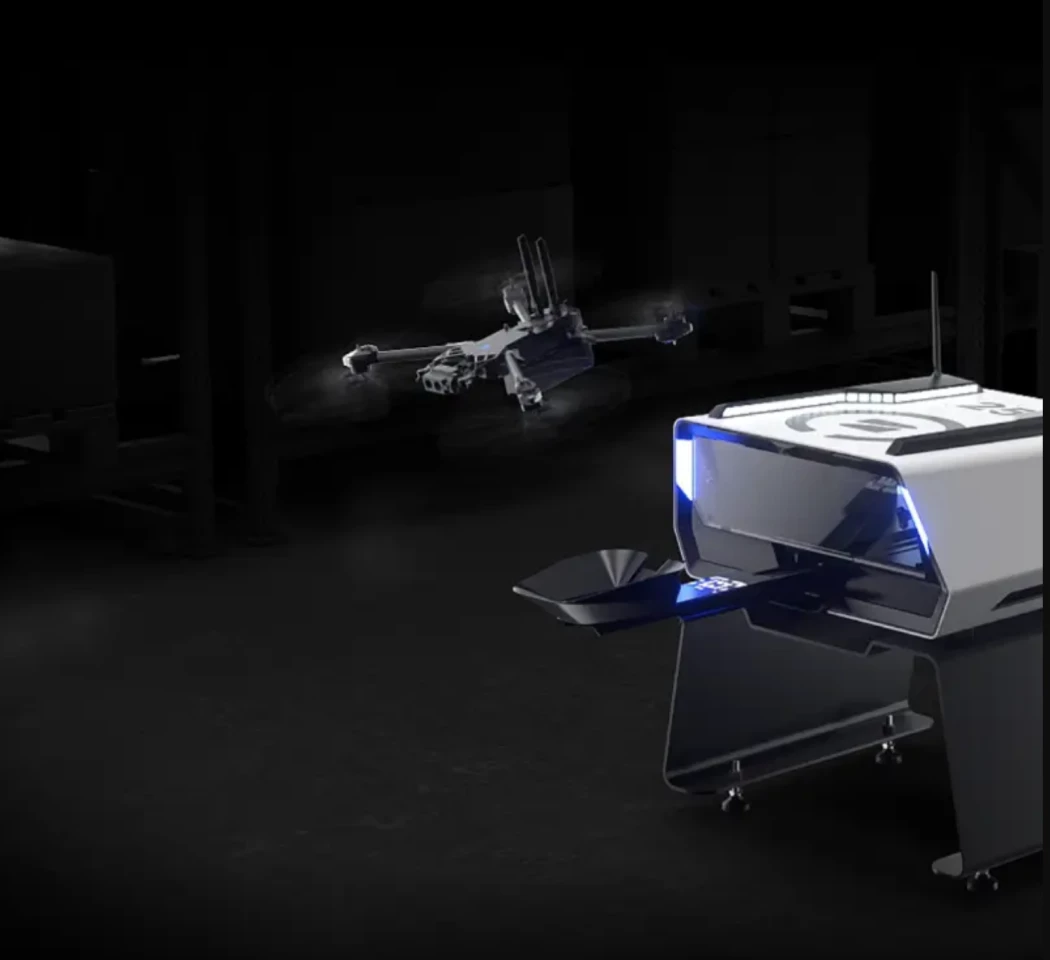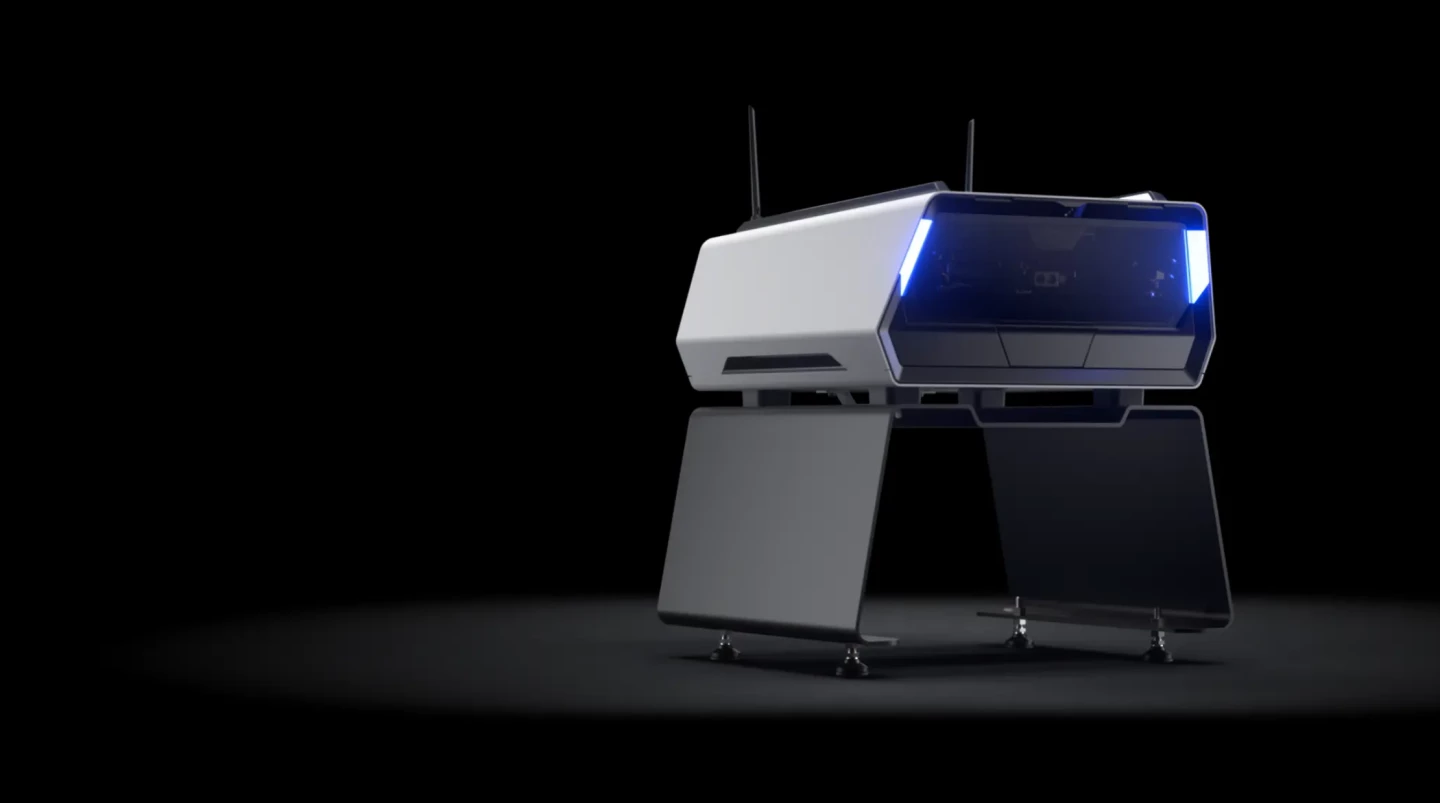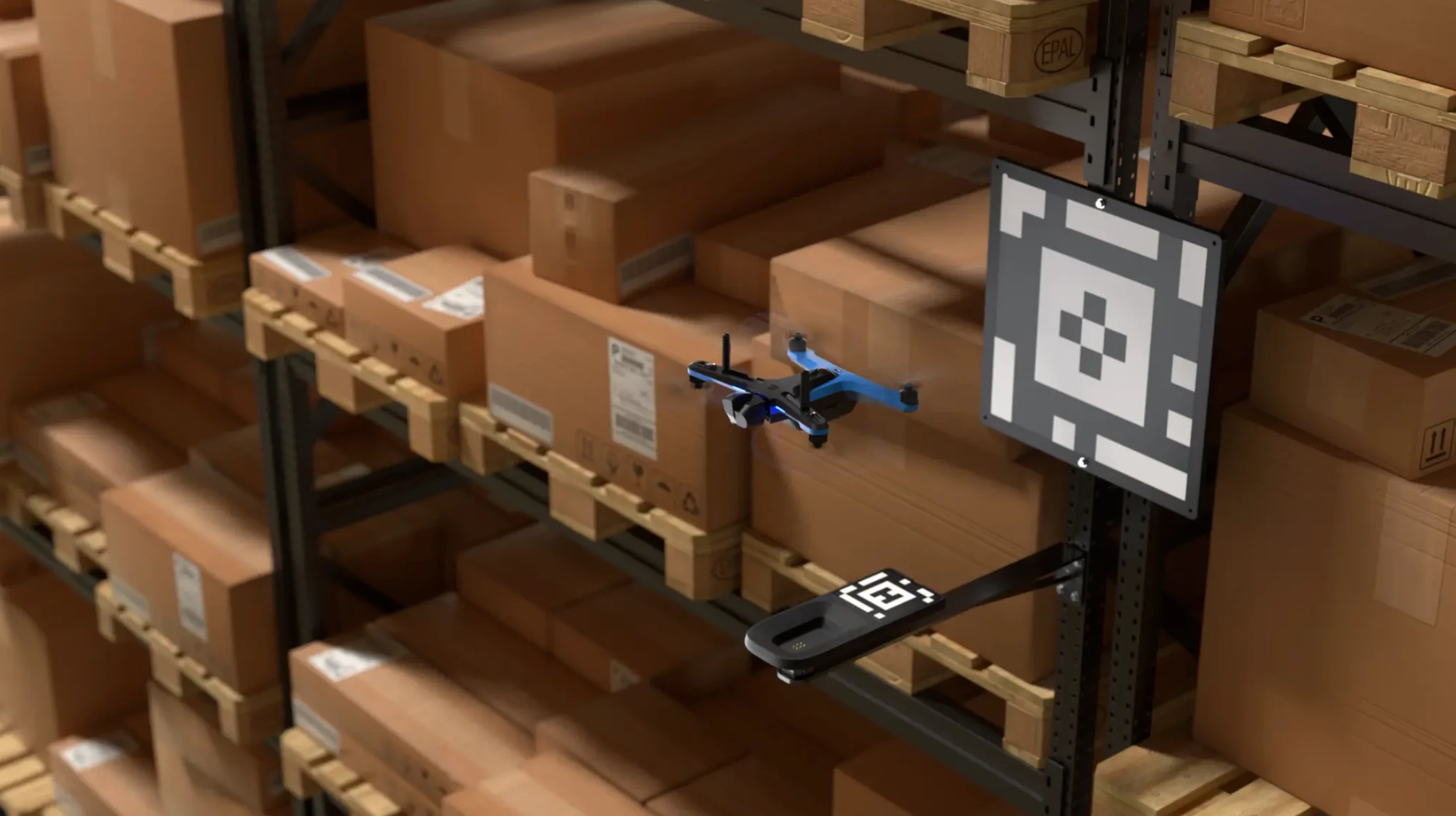Today's autonomous drones are capable of impressive feats, and a system that enables them to also handle the recharging process without human intervention could keep them working wonders around the clock. Startup Skydio’s latest approach to this kind of functionality involves affordable and compact base stations that can be deployed in a variety of settings, as it looks to put self-charging drones in the hands of more and more users.
Drones that can return to a dock, charge up, and return to work could mean big things for applications like agriculture, disaster scenarios, surveillance or any long-term operation where an aircraft is only being hauled in due to its depleted batteries.
Some interesting ideas have been placed on the table when it comes to affording drones this kind of functionality. These include landing pads that begin wireless charging as soon as the drone touches down, workbench-sized containers that quickly swap batteries in and out, and even systems that charge drones while they’re in flight.

“The concept of remotely operated drones is incredibly compelling,” said Adam Bry, CEO of Skydio. “It has attracted a gaggle of activity from startups and established manual drone companies, but it’s never going to work the way customers want – let alone scale to address real world applications solving the needs of today – unless you can trust the drone to fly itself. And making drones smart enough to fly themselves is our core focus.”
In 2019, Skydio introduced a self-charging station for drones that used a motorized arm to pull a drone in to recharge its batteries once it lands. Three years on it is laying out a new vision for these self-sufficient aircraft, introducing the shiny new Skydio Dock and Dock Lite, billed as the smallest, lightest and smartest cloud-connected base stations for drones on the market.
The functionality appears quite similar to the self-charging stations Skydio introduced in 2019, making use of a motorized arm that extends to offer a landing zone for the drone. Skydio’s artificial intelligence guides the drones throughout their journey and the docking process.

The larger Dock is made from aluminum and polycarbonate, has a footprint of just 4 square feet (0.37 sq m) and weighs 62 lb (30 kg). It is ruggedized and weatherproof for use in outdoor environments. The Dock Lite features the same functionality, but is far smaller and can be mounted to vertical surfaces and installed in confined spaces.
There’s no word yet on pricing or commercial availability for the new Skydio docks, but the company is rolling out the technology through an early adoption program with the North Carolina Department of Transportation and Japanese firm Obayashi Construction, among others.
“(With this technology) we're able to monitor construction progress in more efficient ways than we previously could,” said Thomas Walls, North Carolina Department of Transportation UAS Operations Manager. “We're capturing imagery, videos, and live streaming a feed back to our resident engineers for real-time data. It's a big cost saver for us, and we look forward to implementing it around the state for multiple applications and use cases."
Source: Skydio






